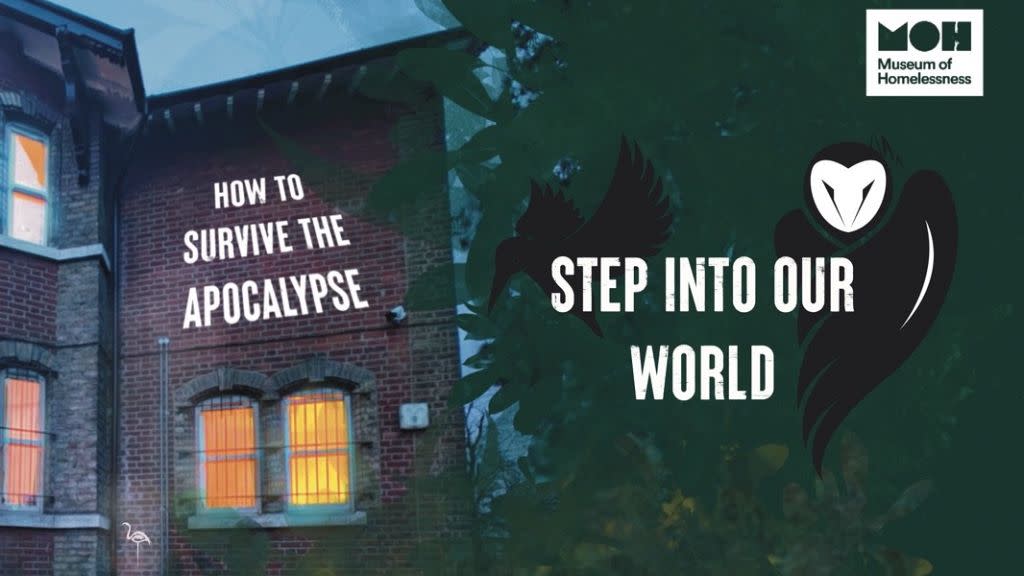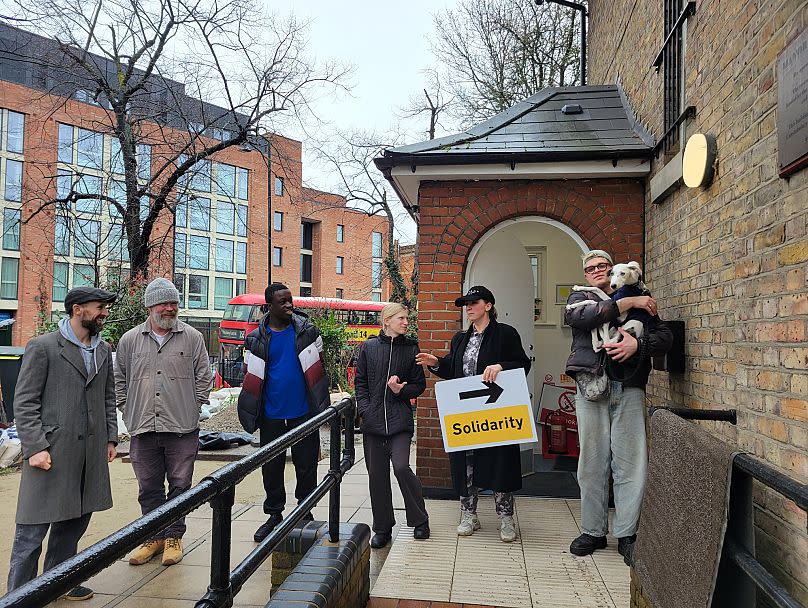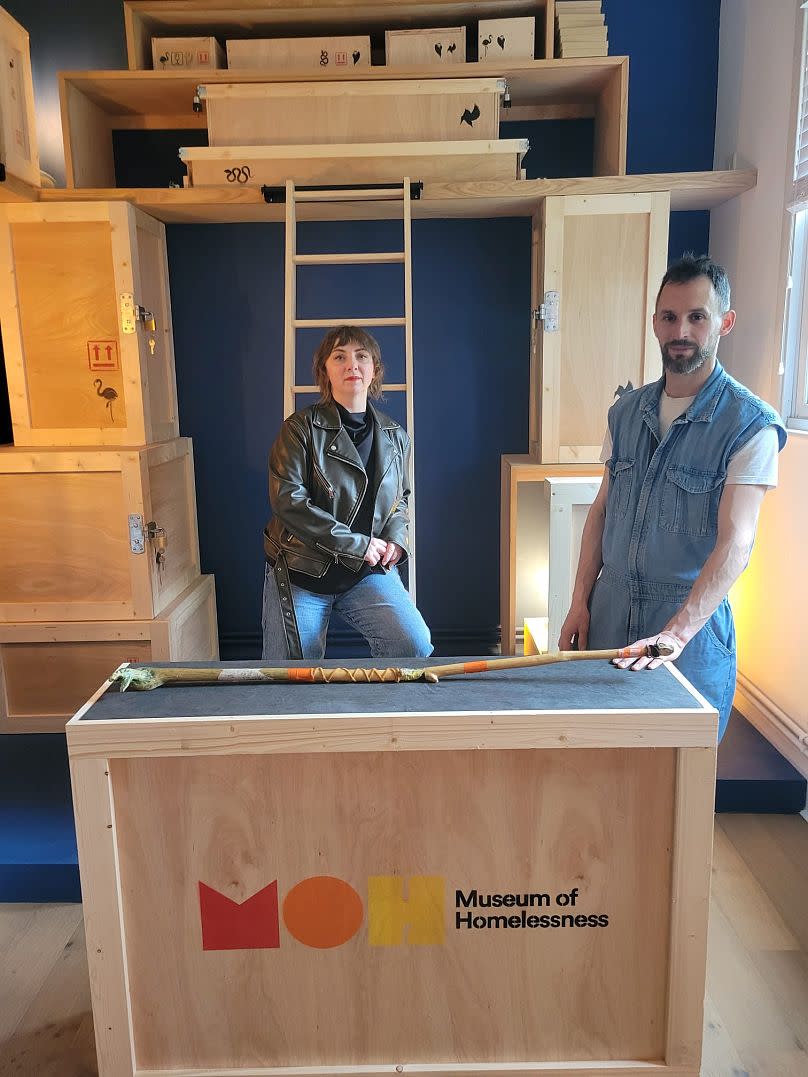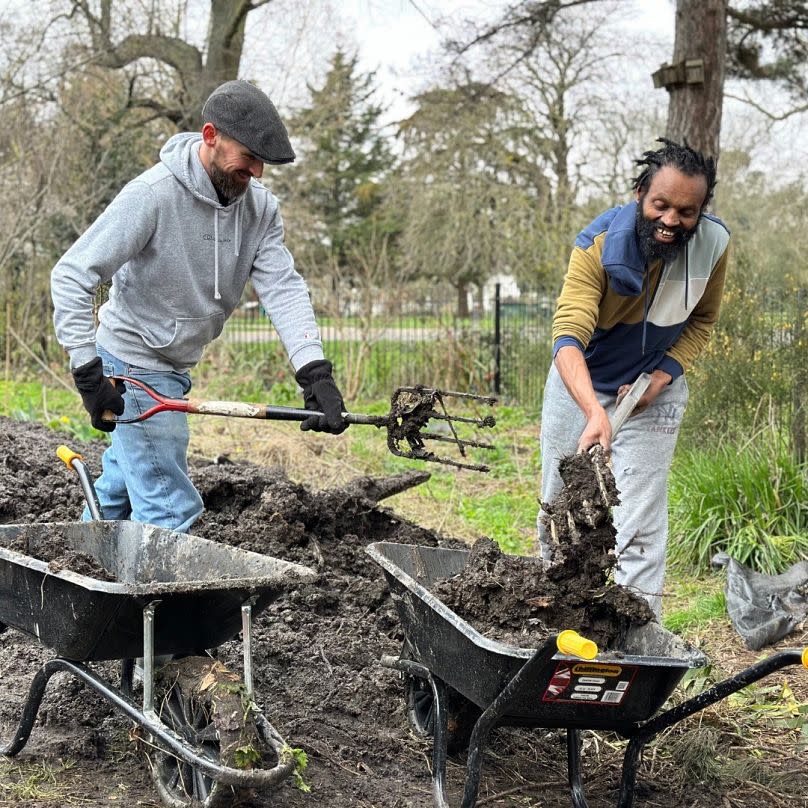London’s new Museum of Homelessness has storytelling and community at its heart

At least 309,000 people are homeless today in England, according to end-of-year statistics from housing and homelessness charity Shelter. The situation is most profound in the capital, where a staggering 1 in 51 people are homeless.
These sobering figures underline the acute issue that homelessness presents, particularly in London. It’s fitting, then, that what organisers call the “world’s first Museum of Homelessness” would find its home in the city.
Responding to the need for action, education and understanding on homelessness, the community-led Museum of Homelessness – created and run by people with direct experience of homelessness – was founded in 2015. It's only this week, though, that the social justice museum (which has long been contributing to research, collaborating with artists and holding temporary exhibitions) launches in its permanent location, a gatekeeper’s cottage in North London’s Finsbury Park.
“Finsbury Park has a great tradition of social activism and diversity [...] it was originally built to provide green space for London’s poorer residents,” Matt Turtle, who founded Museum of Homelessness with his wife Jess, tells Euronews Culture.
“We are very lucky to have put down roots here because finding any kind of space to create projects like this in a city like London is extremely difficult due to astronomical rents [and] gentrification.”

When we think about London museums, we might imagine strolling through the carefully curated galleries of the V&A – the Museum of Homelessness, however, takes quite a different approach.
Rather than painstakingly selecting artefacts, the museum “actually doesn’t choose any of its objects'', the co-founder explains. Instead, he says, “items are given by different people, so it’s the person giving the object to the museum that does the choosing.”
These objects – given, Turtle highlights, not only by people affected by homelessness but also “workers, policymakers, activists and doctors” – are central to the storytelling at the heart of the Museum’s work.
“This is about telling a wider story about homelessness and some of the injustices, and policy decisions that continue to affect people,” Turtle tells Euronews Culture. “It’s a great equaliser because we all have objects and stories in our lives that make us who we are.”
In its opening exhibition ‘How to Survive the Apocalypse’, the Museum’s collection, which includes such items as a dual-purpose walking stick and protective weapon made of two pieces of scrap wood, stands alongside performances.
The 90-minute performances, designed to be conversational, centre on reframing stereotypes and illustrating that those affected by homelessness – in many cases forced to be resilient and resourceful – may be the wisest guides when it comes to addressing the most salient issues facing society.

These performances, which amplify the voices of people affected by homelessness, are emblematic of another key difference between this museum and the “traditional” museum experience: eschewing labels and placing the power with the community.
“It’s very interactive and we don’t go for label panels or written text that define meanings,” Turtle reflects. “At the Museum of Homelessness, we move away from the idea of the museum narrator offering a single grand narrative.“
Belly button lint and bottle openers: The museum that keeps what broken-hearted people leave behind
British Museum explores final decades of Michelangelo's life in new exhibition
Such an ethos has also permeated the development process for the Museum’s permanent location. “The site has been developed by people affected by homelessness and the wider community, who live locally,” the co-founder is keen to point out, stressing that “no architects have been involved!”
Instead, from “laying paths” and “restoring ponds” to “internal decoration”, it has all been a community effort. Even the building itself was chosen because another group, homeless outreach organisation Streets Kitchen, suggested it might be a good fit.

When booking in to see ‘How to Survive the Apocalypse’, you’ll notice that the exhibition is only open on Fridays and Saturdays. That’s because, as Turtle explains, “that’s not all we do.”
Beyond the staging of thought-provoking exhibitions, the Museum of Homelessness continues to be “involved in direct work to house people, get essentials out to people and campaign for change”, while also running events such as community meals, clinics and recovery groups.
Herein lies perhaps the most exciting aspect of the new space: its potential to not only serve and educate the community via exhibitions, but also to build it.
“The new space … enables us to build community, as opposed to services. It gets around the ‘them’ and ‘us’ culture that can develop in homelessness settings,” Turtle reflects.
“At Museum of Homelessness events you don’t really know who is homeless and who isn’t – and that is how it should be. It’s an antidote to the sensationalism that characterises so much of the conversation about homelessness.”
How to Survive the Apocalypse runs at the Museum of Homelessness on Fridays and Saturdays from 24 May until 30 November.

